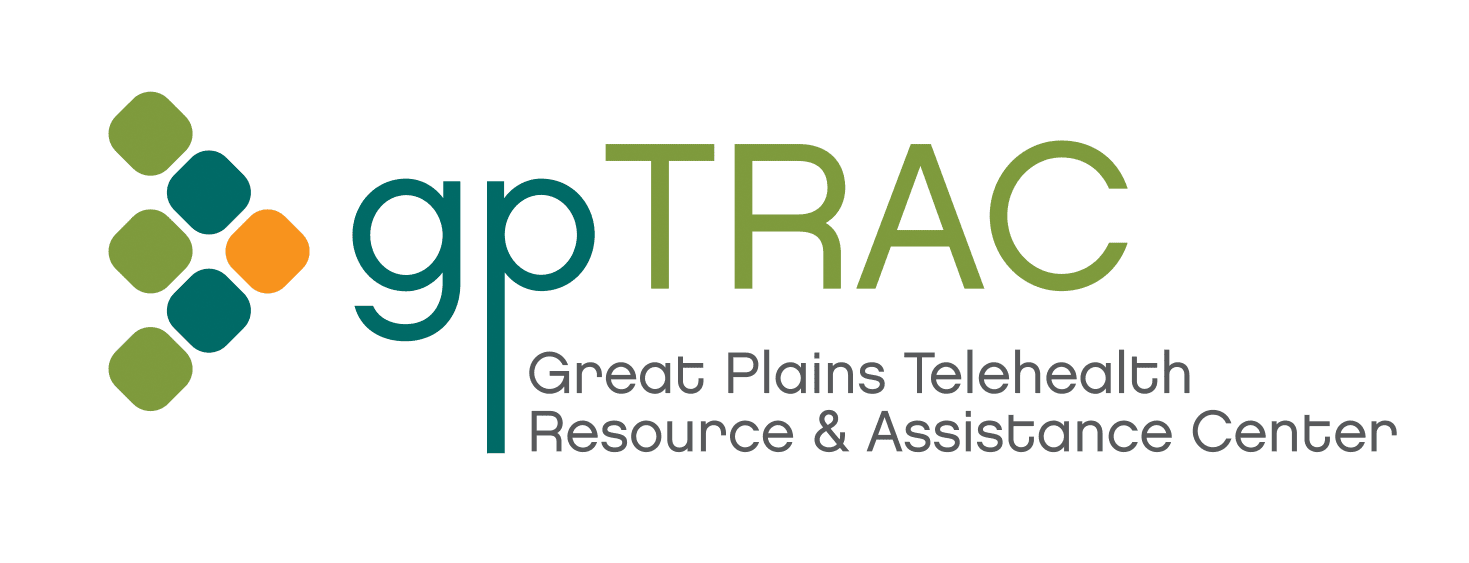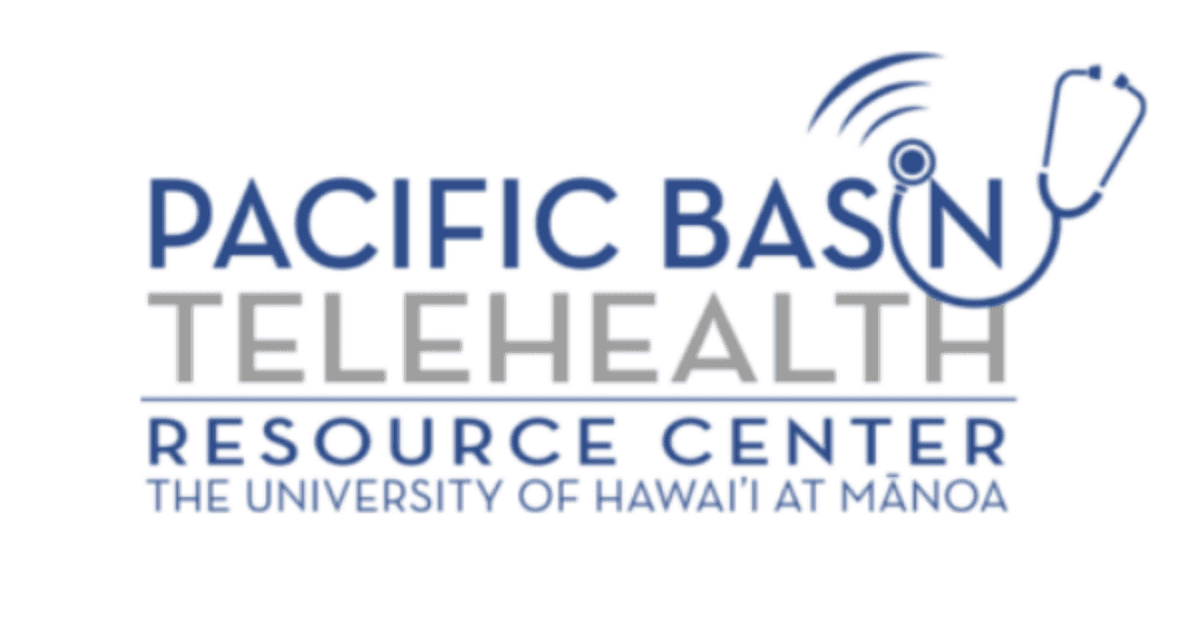Blog contributed by Corti
Telehealth has reached a critical inflection point. Healthcare providers have moved past questioning whether to offer virtual visits, to considering how to maximize telehealth’s value. Early telehealth offerings served their purpose of maintaining care access when in-person visits weren’t feasible. But static video visits alone likely won’t suffice, long-term.
Patients and providers both expect more personalized, convenient, and clinically impactful experiences. This requires thoughtfully integrating emerging technologies like artificial intelligence (AI) into virtual care. AI has huge potential to enhance telehealth via automated documentation, continuous remote monitoring, and real-time decision support. However, healthcare companies must implement AI carefully to improve patient experiences without detracting from providers’ vital role. With a focus on transparency, validation, and human oversight, AI can help telehealth deliver on its ultimate promise – making high-quality, patient-centered care available anytime, anywhere.
AI Use Cases in Telehealth
Improving clinical outcomes and satisfaction are clear benefits from incorporating AI into telehealth. The popular use cases generally fall into three categories: wearables, administrative support and decision support.
Wearables & Remote Monitoring: Wearable devices and at-home diagnostics paired with AI algorithms allow continuous monitoring of patients’ vital signs, activity levels, sleep quality, and more. Providers get a detailed picture of patients’ health between visits rather than just episodic snapshots. Patients feel more connected and cared for through regular check-ins.
Administrative support: AI can compile patients’ health histories, medications, and recent issues into an overview for providers to review before visits. This allows providers to spend visit time focused on patients’ current needs rather than administrative tasks. AI can also suggest relevant questions to ask based on patients’ medical data.
Visit summaries are another administrative use case for AI tools. Providers can automatically generate post-visit summaries documenting diagnoses, prescribed treatments, and follow-up recommendations. These summaries help patients understand and retain visit information, or share these summaries with other providers to better coordinate care.
Decision accuracy: Improving the speed and accuracy of healthcare providers is no small task. This is a clear circumstance where AI should be used in an augmentative fashion, rather than an automated one. Some AI tools offer the ability to provide live suggestions (or “nudges”) for providers, which can listen in on the engagement and provide a real-time second opinion, based upon the symptoms and medical history of a patient.
And in some low acuity settings, AI is being used to triage patients to ensure they’re routed to the appropriate level of care.
Addressing Provider Concerns with a Care-First Approach
While AI holds promise, many providers have reasonable concerns about its role in healthcare. Adopting AI too aggressively without addressing these concerns risks provider disengagement and poor clinical outcomes. A care-first approach that focuses on the following areas can allow providers to benefit from AI while maintaining their central role:
– Preserve physician authority: AI should support providers, not replace them. Providers should have final say on care plans. AI is best positioned as an advisor rather than an autonomous decision maker.
– Allow customization: One size doesn’t fit all in healthcare. Providers should be able to customize AI implementations based on preferences, workflows, and custom protocols.
– Minimize added work: AI should automate tasks rather than create extra work. AI-generated charts, summaries, etc. should integrate smoothly into electronic health records.
– Validate capabilities: AI algorithms should be rigorously tested across diverse patient populations to identify potential biases before deployment. Providers should have access to accuracy statistics.
– Allow oversight: Providers should be able to review AI’s work and override incorrect outputs. Complete transparency and explainability of AI logic and recommendations is essential.
– Improve responsibly: AI algorithms will continue learning on the job. But updates should be vetted to avoid unintended degradation of performance.
– Prioritize human skills: Even the best AI cannot replicate human skills like empathy and nuanced communication. These will remain vital to patient care. AI is a tool, not a substitute.
The Way Forward for Telehealth: Using Technology to Bring Providers & Patients Closer Together
Telehealth’s rise creates immense opportunities to increase healthcare access and quality. But realizing telehealth’s full potential requires evolving virtual care through thoughtful adoption of emerging technologies like AI. By respecting providers’ central role and legitimate concerns, providers can implement AI that improves patient experience without disenfranchising clinicians. This allows telehealth to deliver on its promise of making care more convenient, personalized, and effective.
While new technologies like AI may cause some angst initially, the healthcare industry cannot afford to stand still. Patient needs and expectations are changing rapidly. Embracing innovation is imperative for healthcare providers to continue delivering the best possible care. Through careful integration of AI and other emerging tools on a foundation of trust and transparency, telehealth can transform into a pillar of modern, patient-centered medicine.
One such tool being used to bring providers and patients closer is the Corti Co-Pilot. This AI assistant aids healthcare professionals in preparing for interactions, provides nudges to promote best practices throughout the process, manages administrative tasks along the way, and offers contextual feedback for coaching purposes. By alleviating the healthcare professional’s administrative burden and guiding best practice, Corti helps providers deliver the best quality and patient experience.

























































































